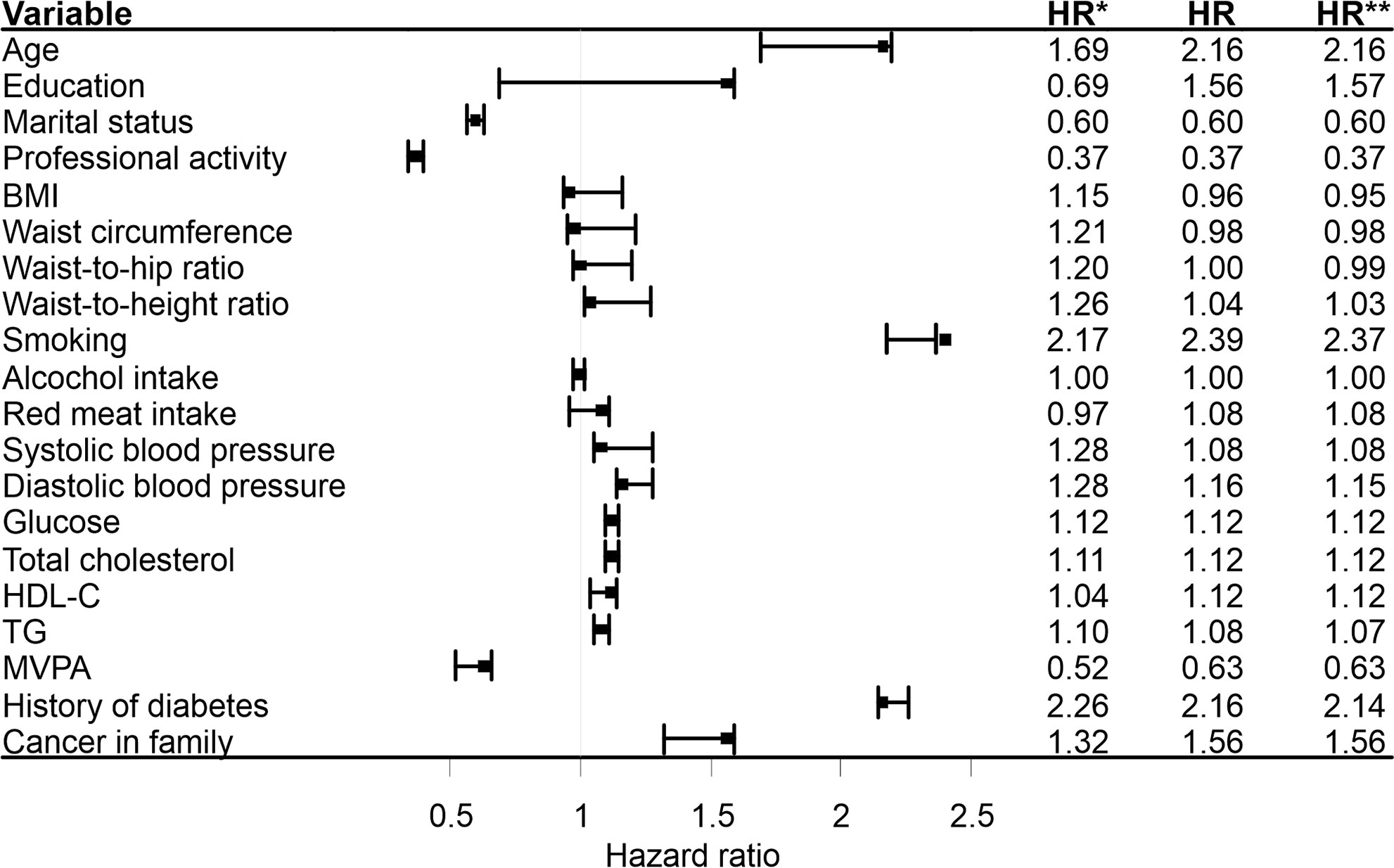

If your business uses product numbers or ID codes, which are unique because there is only one code per product, enter those in column A beginning on row 4 (don’t skip to row 5). That is the record information in your spreadsheet that rarely changes. Either way, keep the mini-macros, because it’s much easier and more efficient to edit the smaller macros and re-combine them, than try to step through a long, detailed macro to find errors.Ĥ. Once the mini-macros are recorded, tested, and perfected, we can merge them into one big macro or leave them as mini-macros. Enter the formulas that calculate the combined data.Collect and combine the data from her 12 stores into one workbook in a Master three-dimensional spreadsheet.We created a few mini-macros to perform the following tasks: She has to collect data from each store and merge it to monitor the health of her entire company. Now the CEO, she’s been managing her own books for years, which wasn’t an easy task for a single store, and now she has 12. Then you can execute your macro.įor this example, we have a store owner who has expanded her territory from a single store to a dozen in 12 different major cities. Manage your data first: Add, edit, or delete records, then enter the updated values.Because this data rarely changes (and if it does, it’s just to add or remove a new record), it’s almost impossible to include this function in a macro. are generally entered in advance and not really part of your macro. Fixed values and static information such as names, addresses, ID numbers, etc.Spreadsheets are dynamic, which means they constantly change, which means the cell addresses change. Macros require “relative” cell addresses, which means you “point” to the cells rather than hardcode the actual (or “absolute”) cell address (such as A1, B19, C20, etc.) in the macro.You can always combine these mini-macros into one BIG macro later once they’re perfected. This is best for testing and editing (if needed). Keep your macros small and focused on specific tasks.Use the directional keys to navigate: Up, Down, Right, Left, End, Home, etc., and shortcut keys to expedite movement.

Always begin your macro at the Home position (use the key combination Ctrl+ Home to get there quickly).


 0 kommentar(er)
0 kommentar(er)
